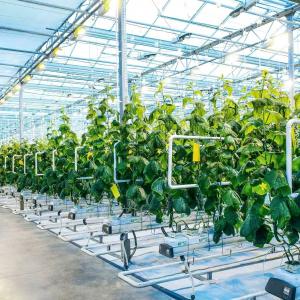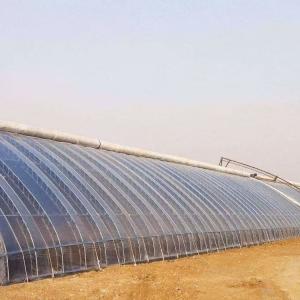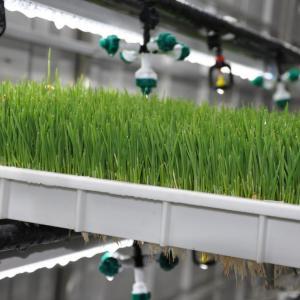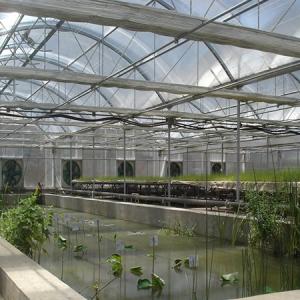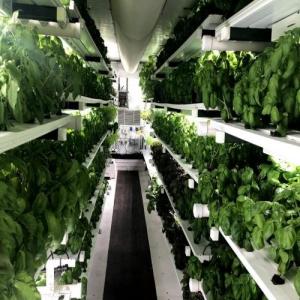Uses and Common Configurations of Intelligent Greenhouses
An intelligent greenhouse, also known as an automated greenhouse, is the most technologically advanced type of greenhouse in protected agriculture. It can automatically adjust its supporting systems through an environmental control data processing center based on the characteristics of cultivated crops and external climatic conditions, enabling precise cultivation. This results in higher quality and yield crops with minimal water and fertilizer input.
I. Common Configuration Systems of Intelligent Greenhouses
(1) Core Configurations of Glass Greenhouses
As the mainstream type of intelligent greenhouse, the basic configurations of glass greenhouses focus on environmental regulation and structural support. They mainly include: main framework material system, external sunshade system, internal sunshade system, internal thermal insulation system, roof window natural ventilation system, fan and water curtain cooling system, positive pressure ventilation and cooling system, as well as covering materials for the roof and surrounding walls.
(2) Internal Functional Configurations of Intelligent Greenhouses
Centered on crop growth needs and automated management, the internal configuration systems include: horticultural flooring system, soilless culture support system, water and fertilizer irrigation system, heating pipe system, high-pressure spray system, carbon dioxide generation system, and the core control unit — the Internet of Things (IoT) control center.
II. Core Uses of Intelligent Greenhouses
- Large-scale crop cultivation: Suitable for soilless cultivation of solanaceous crops such as tomatoes, peppers, and cucumbers, as well as the cultivation of automated logistics hydroponic vegetables.
- Seedling cultivation: Enables efficient large-scale seedling raising of vegetables and flowers.
- Exhibition and leisure: Serves as a horticultural exhibition center or is developed into an ecological horticultural banquet hotel.
III. Notes for Intelligent Greenhouse Construction
Before construction, it is necessary to first clarify the purpose of the greenhouse and deduce the appropriate greenhouse type and configuration based on the purpose. Meanwhile, determine the investment budget and select matching building materials. It is recommended to cooperate with professional greenhouse design companies or manufacturers in the scheme design to ensure the scientificity and practicality of the construction.
